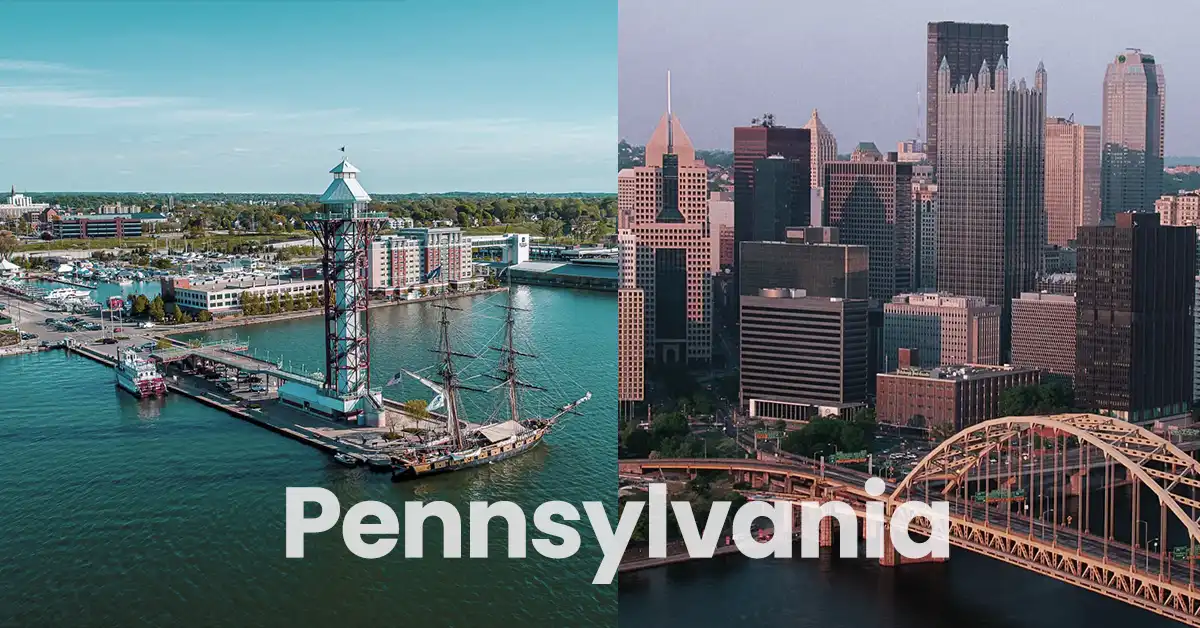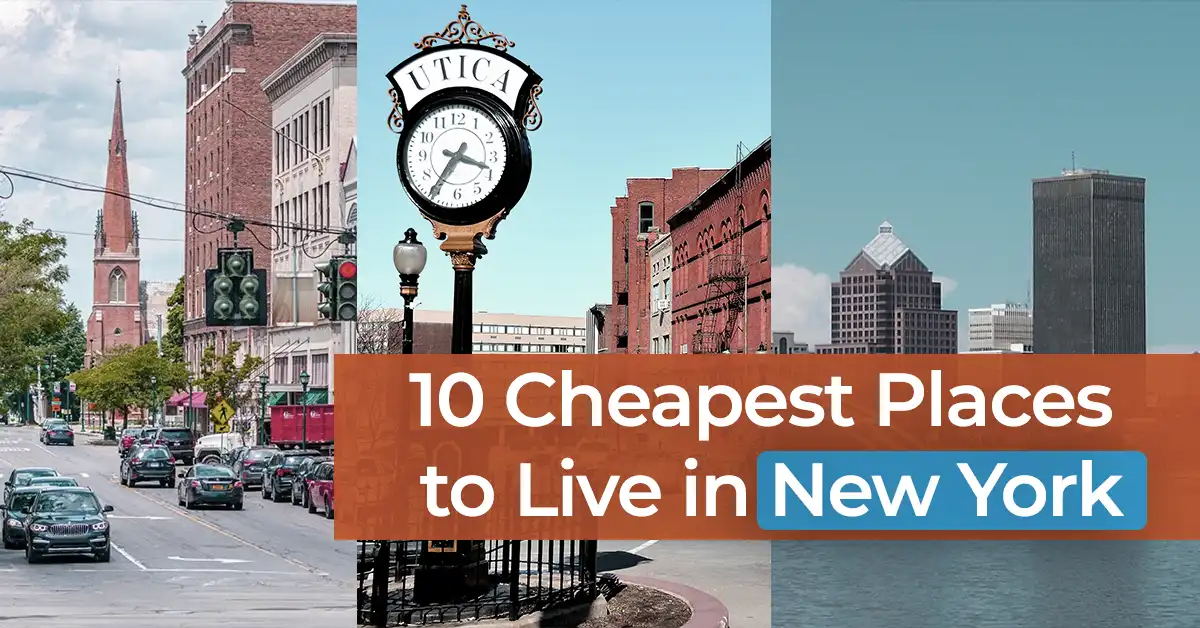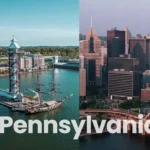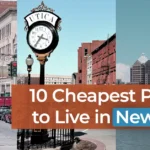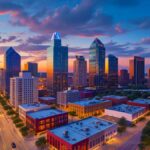Nestled in the rugged landscapes of West Texas, Big Bend National Park is a hidden gem for adventurers, nature lovers, and road-trippers. With its dramatic canyons, desert vistas, and winding rivers, this park offers endless opportunities to disconnect and explore. Whether you’re planning a weekend getaway or a short escape, this 3-day Big Bend itinerary ensures you experience the park’s iconic sights and hidden treasures.
Table of Contents
Day 1: Arrival & Desert Adventures
Morning: Kick Off at Panther Junction
Start your trip at Panther Junction Visitor Center. Grab a park map, check trail conditions, and chat with rangers for updates. Don’t miss the short Window View Trail nearby—a quick introduction to the park’s sweeping desert views.
Afternoon: Ross Maxwell Scenic Drive & Santa Elena Canyon
Head southwest on the Ross Maxwell Scenic Drive, a 30-mile route packed with overlooks and desert landscapes. Stop at Sotol Vista for panoramic views, then continue to Santa Elena Canyon. Hike the 1.7-mile trail into the canyon, where 1,500-foot cliffs tower above the Rio Grande.
Evening: Sunset at Chisos Basin
Drive to the Chisos Basin for sunset. The Window Trail (5.6 miles round-trip) offers a moderate hike ending at a dramatic pour-off overlooking the desert. If time is short, enjoy sunset views from the Chisos Basin Lodge patio.
Stay Nearby: Camp under the stars at Chisos Basin Campground or book a room at the Chisos Mountains Lodge.
Day 2: Mountain Hikes & Historic Hot Springs
Morning: Lost Mine Trail
Start early with the Lost Mine Trail (4.8 miles round-trip), one of Big Bend’s most popular hikes. The trail climbs through juniper forests to a ridge with jaw-dropping views of Casa Grande Peak and Juniper Canyon.
Afternoon: Boquillas Canyon & Hot Springs
After lunch, head east to Boquillas Canyon. Hike the 1.4-mile trail along the Rio Grande, or cross the river (with proper permits) to visit Boquillas del Carmen, a quaint Mexican village. Later, unwind at the Hot Springs Historic District. Soak in 105°F thermal waters beside ruins of an old bathhouse, with canyon walls as your backdrop.
Evening: Stargazing
Big Bend is a certified Dark Sky Park. Lay out a blanket near Rio Grande Village or the Chisos Basin for a mesmerizing view of the Milky Way.
Also Read:
- No Money, No Problem! How to Have a Blast in Dallas for Less
- How to Experience Texas on a Budget: Tips, Tricks, and Hidden Gems
- 10 Budget-Friendly Ways to Explore Austin’s Hidden Gems in 2025
- From Tacos to the Alamo: How to Enjoy San Antonio on a Budget
Day 3: Remote Wilderness & Farewell
Morning: Grapevine Hills & Balanced Rock
Venture into the park’s northern section for a quieter experience. Drive the dirt road to Grapevine Hills Trail (2.2 miles round-trip), leading to the iconic Balanced Rock—a surreal boulder wedged between two cliffs.
Afternoon: Fossil Discovery Exhibit
On your way out, stop at the Fossil Discovery Exhibit near Panther Junction. Learn about the park’s ancient marine fossils and dinosaur remains—a perfect pit stop for families.
Evening: Departure with a View
End your trip with a scenic drive along Maxwell Scenic Route one last time, or catch sunset at Mule Ears Overlook.
Tips for Visiting Big Bend National Park
- Pack Smart: Bring plenty of water, sunscreen, and layers—desert temperatures swing wildly.
- Fuel Up: Gas stations are scarce. Fill your tank in Terlingua or Marathon before entering the park.
- Permits: Some activities (like river crossings) require permits. Check at visitor centers.
- Best Time to Visit: Fall to spring (October–April) offers mild weather. Summers are scorching.
Why Big Bend Should Be on Your Bucket List
Big Bend’s raw beauty and solitude make it a standout destination. From hiking through golden canyons to soaking in historic hot springs, this park blends adventure with serenity. Whether you’re chasing epic sunsets or starry skies, this 3-day itinerary ensures you’ll leave with memories (and photos) to last a lifetime.
FAQ:
Is 3 days enough for Big Bend National Park?
Yes! While you could spend weeks exploring, 3 days lets you experience the highlights—Santa Elena Canyon, Chisos Basin hikes, hot springs, and stargazing. This itinerary balances must-see spots with time to soak in the scenery.
What’s the best time of year to visit Big Bend National Park?
October–April is ideal (mild 60s–80s°F days). Summers (May–Sept) are scorching (100°F+), while winter nights can dip below freezing. Spring offers wildflowers, and fall has fewer crowds.
Do I need a 4×4 for Big Bend National Park?
Most iconic spots (Ross Maxwell Drive, Chisos Basin) are accessible by standard cars. A high-clearance vehicle is helpful for rough roads like River Road East or Old Ore Road, but not required for this itinerary.
Can I cross into Mexico from Big Bend?
Yes! Boquillas Crossing (near Rio Grande Village) lets you visit Boquillas del Carmen (passport required). Check current NPS rules—sometimes the ferry is cash-only or closed seasonally.
Is there cell service or Wi-Fi in Big Bend National Park?
Very limited. Verizon works best (spotty service at Panther Junction and Chisos Basin). Download offline maps and tell someone your plans.
Are there food options in the Big Bend National Park?
Only at Chisos Mountains Lodge (restaurant and small store). Stock up in Terlingua (30 mins west) or Alpine (2 hours north).
Can I see the Milky Way in Big Bend?
Absolutely! As a Dark Sky Park, Big Bend has minimal light pollution. The Milky Way is visible year-round, especially near Rio Grande Village or the Chisos Basin.
